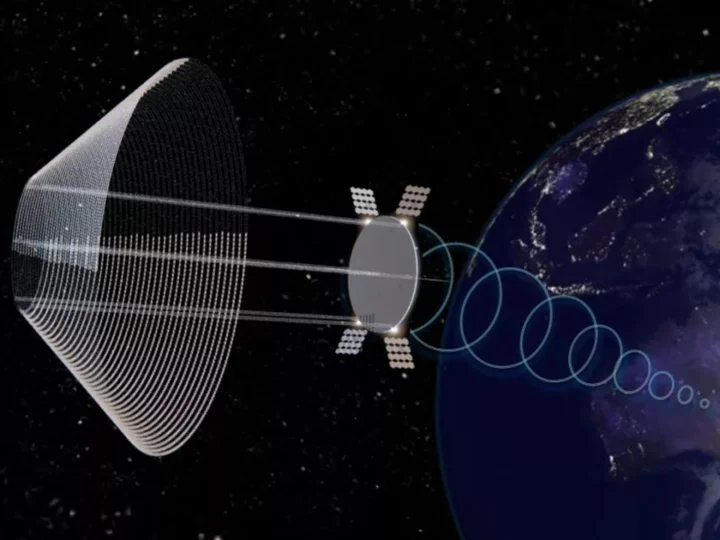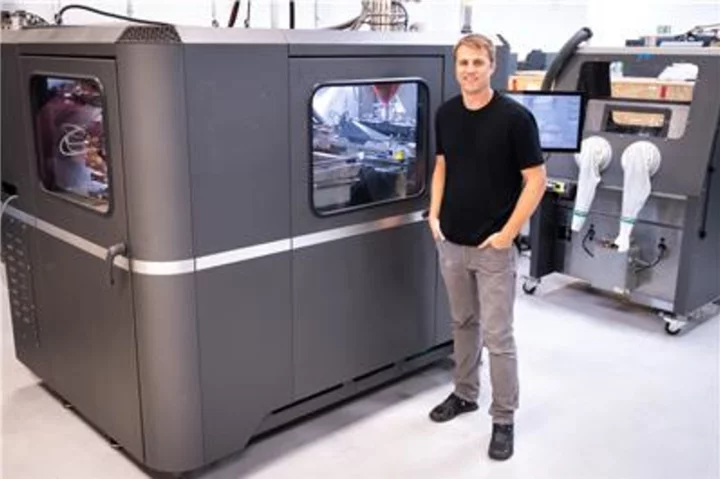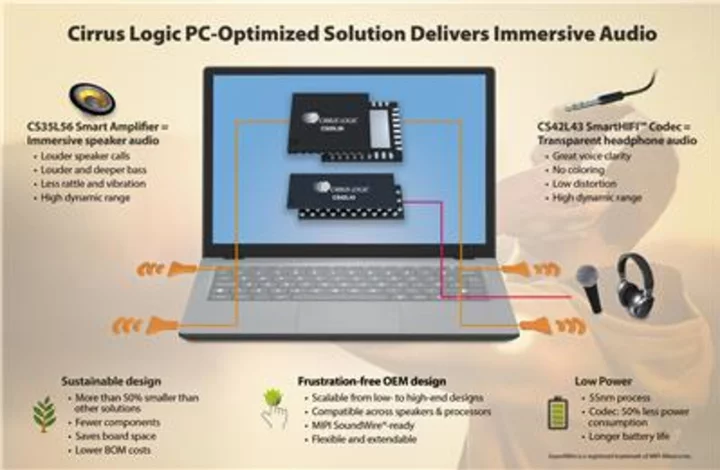Scientists have discovered how to double the efficiency of an ultra-lightweight solar cell, which they claim could be used to harvest the Sun’s energy in space at a never-before-seen scale.
The next-generation solar panels, built by a team from the University of Pennsylvania, use layers that are over a thousand times thinner than a human hair, yet capable of absorbing a comparable amount of sunlight to commercially available solar cells. The extreme thinness earned them the label two-dimensional, or 2D TMDC, as they are only a few atoms thick.
The ability to produce more electricity per weight compared to traditional silicon solar cells makes them highly suitable for sending into space to harvest the Sun’s energy, according to the researchers.
“High specific power is actually one of the greatest goals of any space-based light harvesting or energy harvesting technology,” said Deep Jariwala from the University of Pennsylvania.
“This is not just important for satellites or space stations, but also if you want real utility-scale solar power in space. The number of [silicon] solar cells you would have to ship up is so large that no space vehicles currently can take those kinds of materials up there in an economically viable way.”
By modelling the innovative solar cell computationally, Professor Jariwala and his team were able to come up with a design that has double the efficiency compared to what had previously been demonstrated.
A paper detailing the research, titled ‘How good can 2D excitonic solar cells be?’, was published in the scientific journal Device on Tuesday.
The researchers now hope to figure out how to achieve large-scale production for the design.
“I think people are slowly coming to the realisation that 2D TMDCs are excellent photovoltaic materials, though not for terrestrial applications, but for applications that are mobile, more flexible, like space-based applications,” said Professor Jariwala.
“The weight of 2D TMDC solar cells is 100 times less than silicon or gallium arsenide solar cells, so suddenly these cells become a very appealing technology.”
The concept of space-based solar arrays was first theorised more than 50 years ago, with scientists noting that the Sun’s energy could be converted into microwaves and beamed down to ground-based receiving stations that convert them into electricity.
It has several advantages over terrestrial setups, as they would not be limited by cloud cover or the Sun’s typical cycle.
Research has accelerated in recent years following several major breakthroughs and developments with solar energy harvesting and orbital rocket launches, including the emergence of private space companies like SpaceX that have significantly reduced the cost of delivering payloads into space.
Last month, Japanese space agency JAXA announced that it was aiming to set up the first satellite transmitters for a commercial-scale solar farm in space by 2025.
The European Space Agency is also planning to establish a development program for this untapped renewable energy resource through its Solaris programme.
Read MoreJapan aims to beam solar power from space by 2025
Electric car drives for 100 hours non-stop on futuristic road
Scientists smash world record for solar power window material
Apple don’t want you to buy a headset - they’re selling a vision of the future
Apple lets people get brand new iPhone update early – but there’s a very big warning









